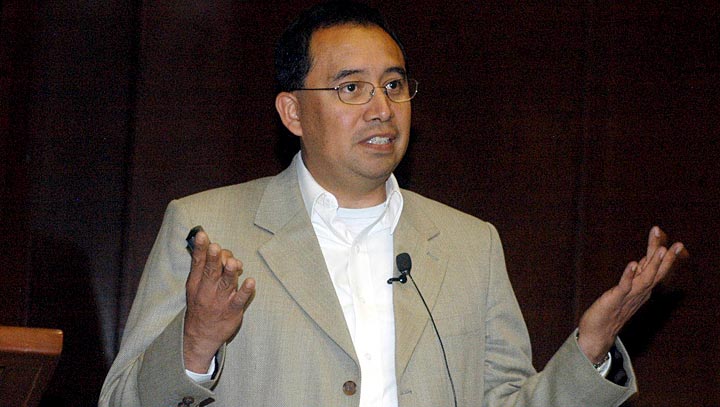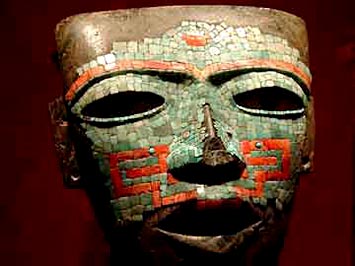Talk on Unravelling Mysteries of Pre-Columbian Artifacts, 10/23
October 22, 2012

José Luis Ruvalcaba
Professor José Luis Ruvalcaba of the National Autonomous University of Mexico speaks on “The Science in Unravelling the Mysteries of Pre-Columbian Artifacts,” on Tuesday, October 23, at 4 p.m. in Berkner Hall. The talk is sponsored by the National Synchrotron Light Source and Brookhaven Women in Science. All the Lab community is welcome.
As Ruvalcaba will explain, the material characterization of cultural heritage objects can be carried out for various purposes: materials identification, technological studies, provenance and exchange processes of raw materials and manufactured objects, deterioration and conservation of collections, etc. Ruvalcaba’s research focuses on non-destructive methods that allow for the characterization of material components and analyses of structures and degradation processes of cultural heritage objects in the laboratory and in the field. Head of the Tandem Pelletron Laboratory at the Physics Institute of the National Autonomous University of Mexico, he uses accelerator-based, non-destructive techniques to increase the understanding of ancient technology, deterioration processes, and preservation strategies of historic and artistic patrimony of Mexican cultural heritage artifacts.

Pakal’s burial mask from Malinaltepec
Ruvalcaba obtained his Ph.D. from the Facultés Universitaires Notre-Dame de la Paix, specializing in non-destructive ion beam analysis of ancient American jewelry. He is now Chair of the ANDREAH network for the non-invasive characterization of the Mexican culture heritage collections.
In his talk, he will discuss several examples: Pakal’s burial mask from Malinaltepec, the green stone tesserae from the Maya city of Palenque; and metallic artifacts recovered from the sacred cenote of the Maya city of Chichen-Itza in Yucatan.
2012-3422 | INT/EXT | Newsroom









